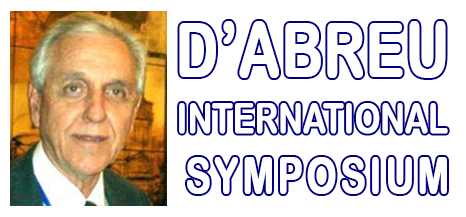Abstract:
The practical application of magnesium hydride (MgH2) as hydrogen storage material (high capacity of 7.6 wt.%) has suffered mostly from the higher dehydriding temperature than 600 K. Alloying of Mg with Al has been considered one prospective way to overcome above problem owing to the fact that the hydriding products of Mg-Al alloys are MgH2 and Al (maximum hydrogen storage capacity of 4.44 wt.%), and the in-situ formed Al in metal can play an important role by its high thermal conductivity in the subsequent high endothermic dehydriding reaction, as well as the alloying between Al and Mg leading to the instability of Mg-H bond. In this report, the hydrogen storage property and the microstructure of Mg-Al alloys prepared by the process of combustion synthesis (CS) were investigated and compared to the process of induction melting (IM). The phase transformation during the CS process investigated by X-ray diffraction (XRD) analysis of the intermediate products, mainly, showed that the formation of Mg2Al3 alloy from elemental Mg and Al experienced four stages upon heating, accompanied by the appearance and transformation of Mg17Al12 alloy. Compared to the IM product, the CSed Mg2Al3 alloy exhibited superior performance in activation efficiency which could desorb hydrogen 2.70 wt.% at 573 K and the time needed to reach 90% saturation capacity was 0.78 h after the second activation process, however, it was 2.39 wt.% and 1.25 h for the IM product at the same conditions. Even after completely activation, the times required for 90 % saturation capacity of hydrogen desorption were 0.5 h and 0.9 h, respectively, for the CS and IM products. The mechanism on the superior performance was also discussed.
|







